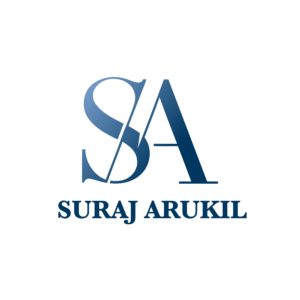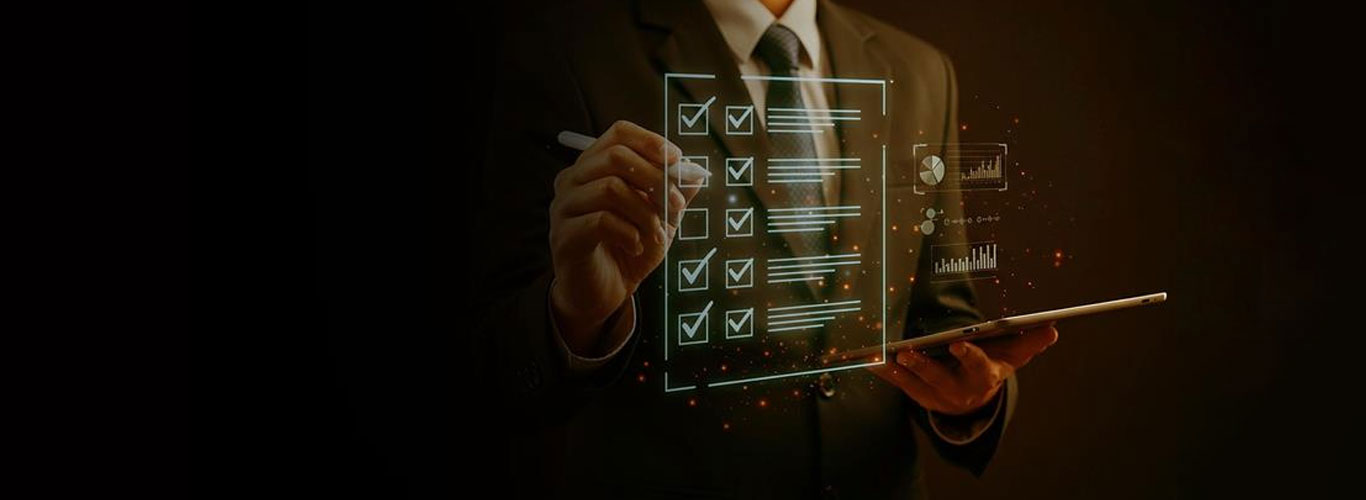The End of the To-Do List: Leading in the Age of Self-Driving Workflows
At some point in life, we find ourselves staring at a to-do list so long it might as well have been a novella. It might have everything from “Review Q3 roadmap” to “Reply to that message from XYZ.” As I scrolled through one of them, it hit me: this list wasn’t helping us lead, it only helped us to float.
That’s when the realization struck: maybe the to-do list itself is the problem.
Once a symbol of productivity, creating a to-do list is not as relevant if you are managing a big enterprise. It belongs to an age where work was linear, static, and largely human-executed. But in the era of AI and autonomous systems, what I call self-driving workflows, the to-do list is not just outdated. It can be counterproductive.
So let me propose something radical: It’s time to stop managing tasks and start designing the systems that do.
Why the To-Do List Was Never Enough?
The humble to-do list was born in the industrial age, a time when tracking work was half the job. Back then, it made sense. Work was predictable, people worked the same hours, and management was mostly about delegation and oversight.
Today? It’s a different story. Work is digital, asynchronous, fragmented, and increasingly complex. The tools we use have exploded. Notifications ping us from a dozen platforms. If we take the example of Nuvento, our teams are distributed across different time zones across the globe.
And in the middle of all this, we’re still clinging to static bullet points?
For leaders, the to-do list is especially a trap. It gives the illusion of control while quietly eroding strategic capacity. Because let’s be honest, if your leadership style is buried in tasks, you’re not leading. You’re just the most stressed-out project manager in the room!
Self-Driving Workflows, The AI That Gets Things Done
We are now in the age of self-driving workflows, autonomous systems that don’t just remind you what to do but actually do it.
These AI-powered workflows assign, prioritize, reassign, and execute, often better than any human PM could. If we look for an example, we can take,
- A customer service platform that automatically reroutes tickets based on sentiment and urgency.
- Compliance systems that audit themselves in real-time, flag anomalies, and notify the right people.
These AI agents are not just tools. They can be your digital team members.
They don’t forget. They don’t procrastinate. They don’t need coffee.
And most importantly, they give your human team the headspace to actually think, create, and lead.
What Leaders Need to Unlearn
Here’s the hard part: these systems don’t just demand new tools, they demand a new mindset.
The old model of leadership was based on command and control. In the new world, we should stop assigning tasks and start designing systems that generate work autonomously.
Shift from directing people to orchestrating intelligent networks of humans and AI.
The question is no longer “Who owns this task?”
It’s “What should be autonomous, and what should remain human?”
The new frontier of leadership is knowing this difference and designing accordingly.
Re-Architecting the Enterprise for Self-Driving Work
Self-driving workflows don’t just change how we work. They change how we’re structured.
Org Charts to Flow Charts
Traditional org charts were designed for stability. But in an AI-powered enterprise, we are designing for adaptability without compromising stability.
Work doesn’t cascade top-down anymore, it flows sideways, diagonally, and in loops. Roles become fluid. Teams are dynamic, and built around outcomes, not job titles. AI agents can handle coordination. Humans steps in where judgment, empathy, or creativity are needed.
Your organization isn’t a pyramid anymore. It’s a living, learning mesh.
‘Who Does What’ to ‘What Should Be Done’
In the old world, the core question was: Who owns this task?
In the new world: What needs to happen and how fast can the system adapt to make it happen?
Accountability shifts from individual task ownership to system-level outcome ownership. It’s not about managing people. It’s about managing patterns, flows, and feedback loops.
Project Management to Workflow Intelligence
The traditional PMO (Project Management Office) evolves to become the central nervous system of the organization. A place where data, AI, and decision-making converge.
Tasks are predicted, routed, and optimized. We can auto-flag bottlenecks and dynamically adjust priorities.
The system gets smarter with every cycle.
Your organization becomes a self-optimizing organism, not just a better-managed business.
Metrics That Matter in a Self-Driving Enterprise
What we measure defines what we optimize.
Old metrics won’t cut it anymore. Task completion rate? Meeting count? Time spent in tools?
Forget it.
Here’s what we should be measuring now:
- Velocity of decision-making
- System adaptability under changing conditions
- Rate of human creativity output
- AI utilization efficiency
And perhaps the Friction Index, how much work is still manual, repetitive, or blocked?
As leaders, we should be obsessed with reducing that friction.
The New CEO Playbook
So, what does leadership look like when your workflows are self-driving?
Here’s your new set of rules:
- Set the vision. Don’t micromanage the execution.
- Invest in agentic systems, not static platforms. Look for tools that learn, adapt, and operate autonomously.
- Build a culture of experimentation, where failure is feedback and every team knows how to optimize with AI.
- Focus your people on what only humans can do: empathize, create, imagine, and lead.
- Measure friction relentlessly. And treat it like your biggest competitor.
If you’re still running your business on to-do lists and meeting invites, you’re not just behind, you’re building a future that’s already obsolete.
It’s time to step into the era of self-driving work.
You can audit your workflows and ask where your friction lives.
And lead from the front, not with a checklist, but with a compass.
Because the real future of work doesn’t live on your to-do list.
It lives in the systems you dare to build.






